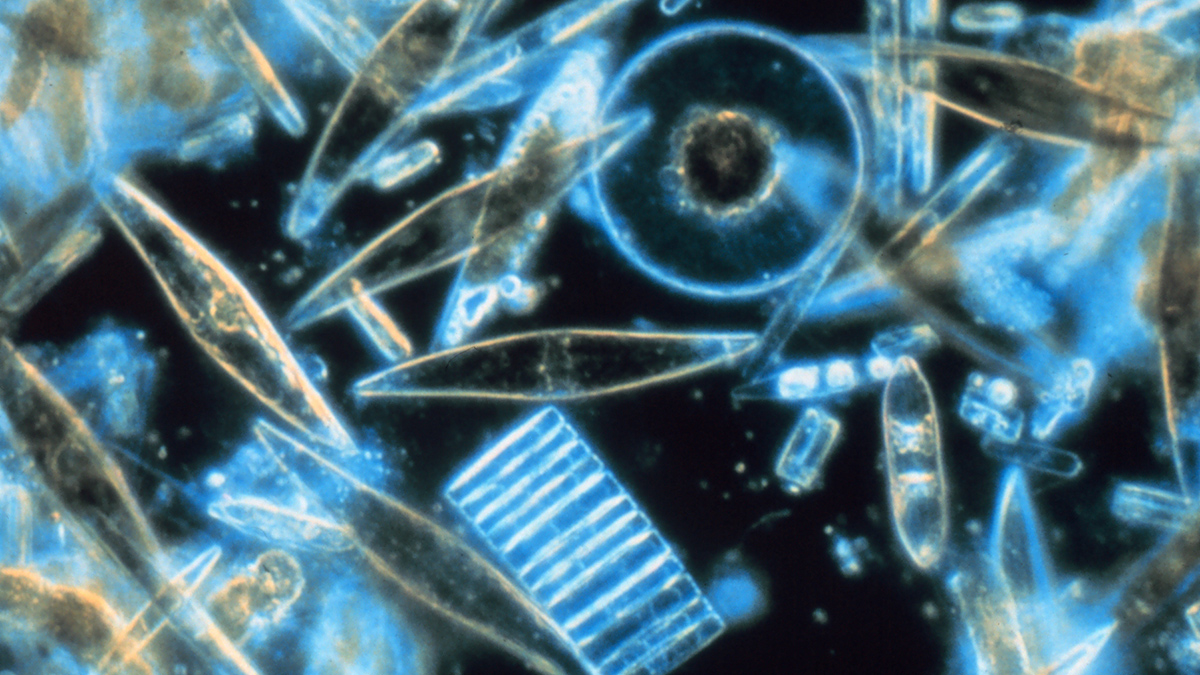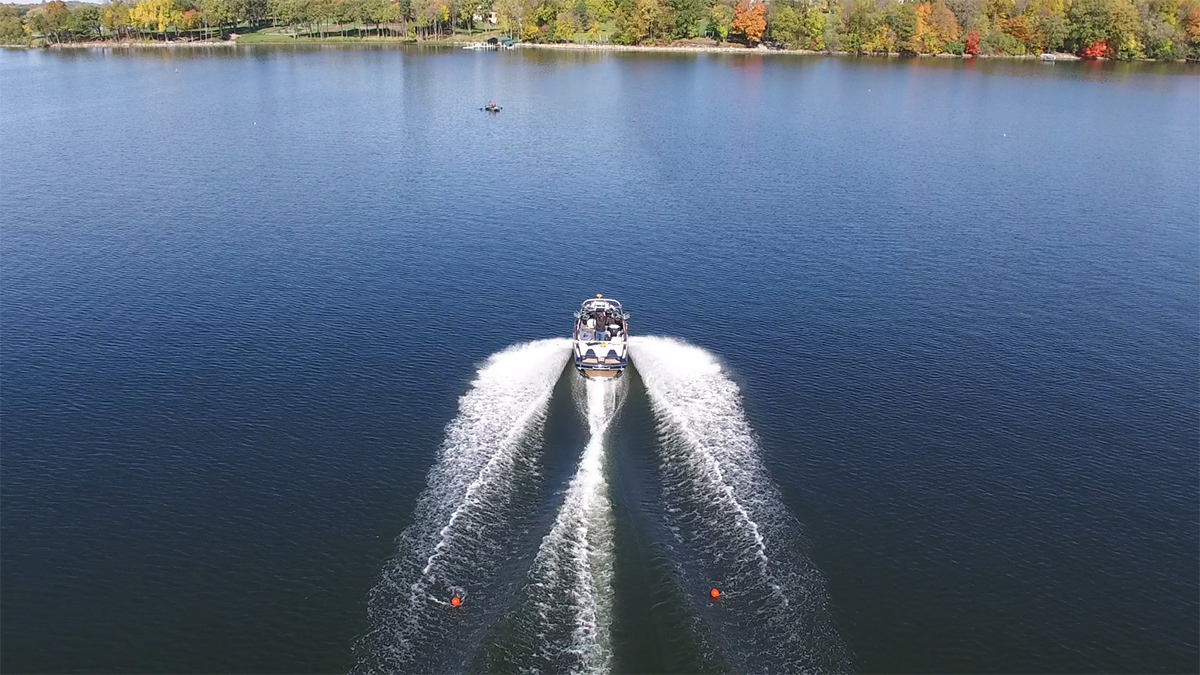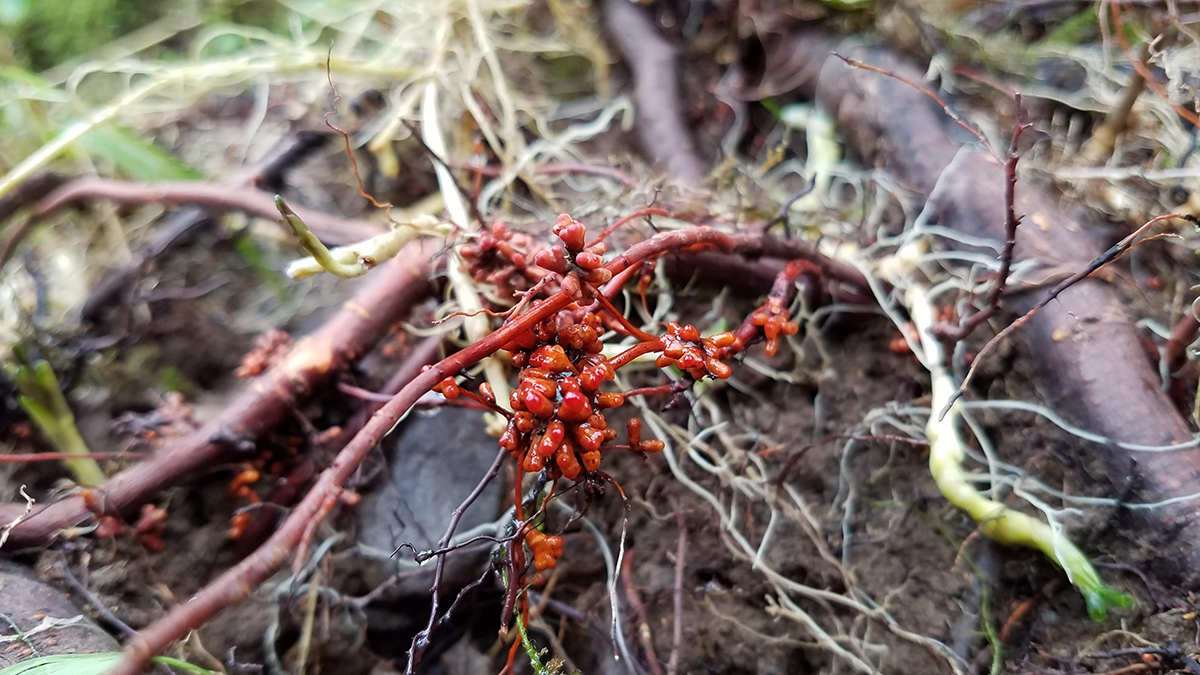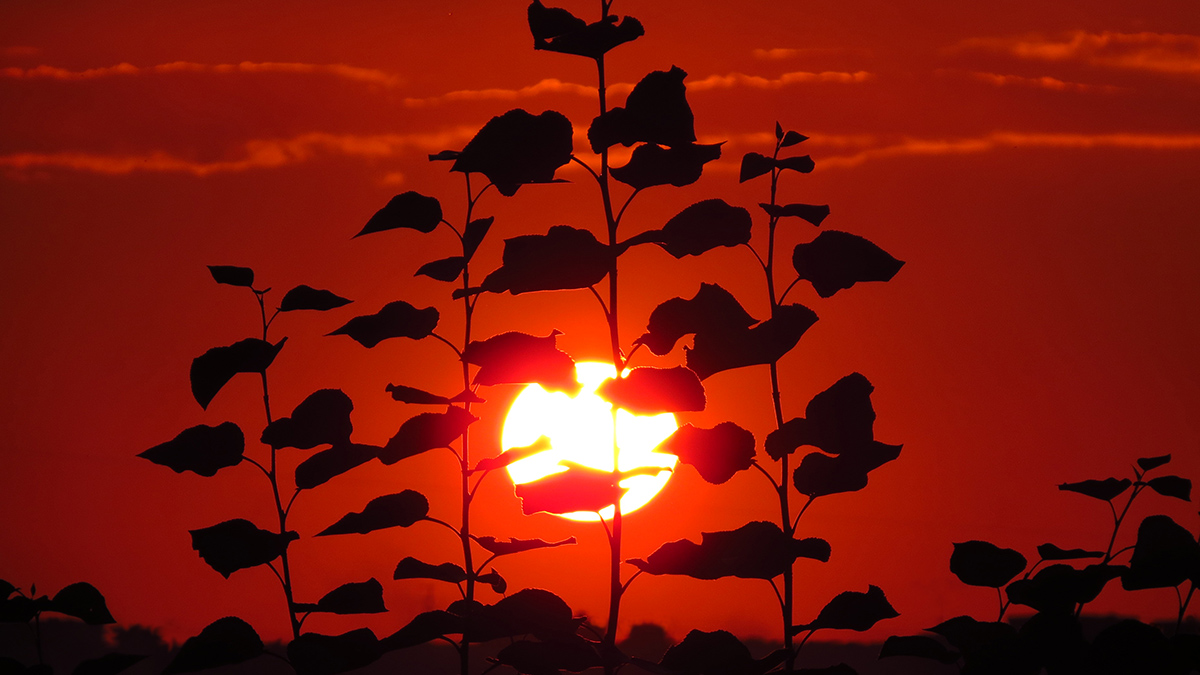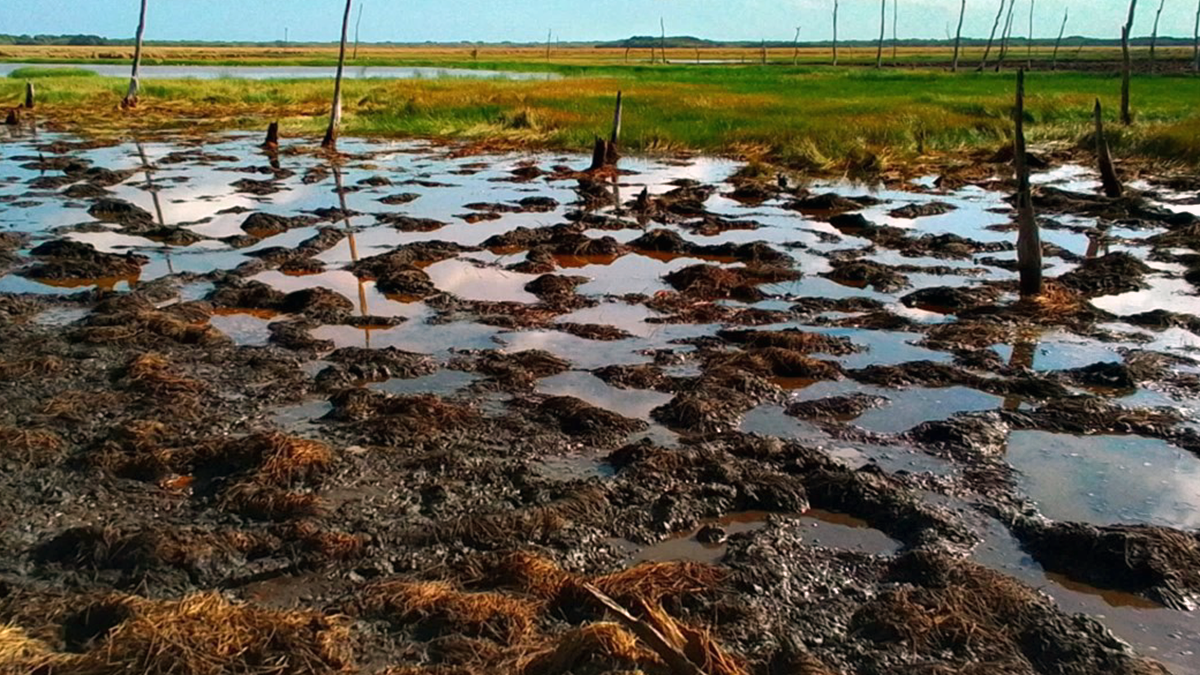Shiny-shelled diatoms make a remote part of the Southern Ocean appear especially reflective in satellite imagery.
ecosystems
A Debate over Wakes in the Land of 10,000 Lakes
Wakeboats are turning Minnesota’s lakes into summertime surf spots, but the artificial chop can shake up the lake bed, too. New wake data can help communities plan for responsible recreation.
Nitrogen Needs Could Be Limiting Nature’s Carbon Capacity
A new study suggests that past calculations of biological nitrogen fixation were overestimated by up to 66%—and that farms growing nitrogen-fixing crops may be filling in the gaps, for better or worse.
In the Arctic, Consequences of Heat Waves Linger
The aftermath of a historic 2020 heat wave could still be felt in Siberia a year later.
Where the Pigs and Buffalo Roam, the Wetlands They do Bemoan
A novel fenced enclosure study demonstrates the heavy toll that invasive ungulates have on greenhouse gas emissions from coastal wetlands on Indigenous lands in Australia.
California’s Getting an Earlier Start to Wildfire Season
Human-caused climate change has pushed the onset of fire season in the state to as much as 46 days earlier than it was 30 years ago.
Warming Winters Sabotage Trees’ Carbon Uptake
In temperate forests, the biomass-building benefits of warmer growing seasons are offset by damaging variability in winter weather—a disparity that climate models may miss.
Biomass and Biodiversity Were Coupled in Earth’s Past
Measuring shells and skeletons encased in thousands of limestone samples has revealed that the sheer amount of living stuff in Earth’s oceans changed alongside the diversity of organisms.
Precipitation Extremes Drive Swings in Lake Tahoe’s UV Exposure
An 18-year study reveals dramatic year-to-year variations in ultraviolet radiation penetration tied to Sierra Nevada precipitation cycles.
Surface Conditions Affect How Mosses Take to Former Well Pads in Canada’s Boreal Fens
With the help of key moss species, a new approach aims to restore the fens of the Western Boreal Plain.

